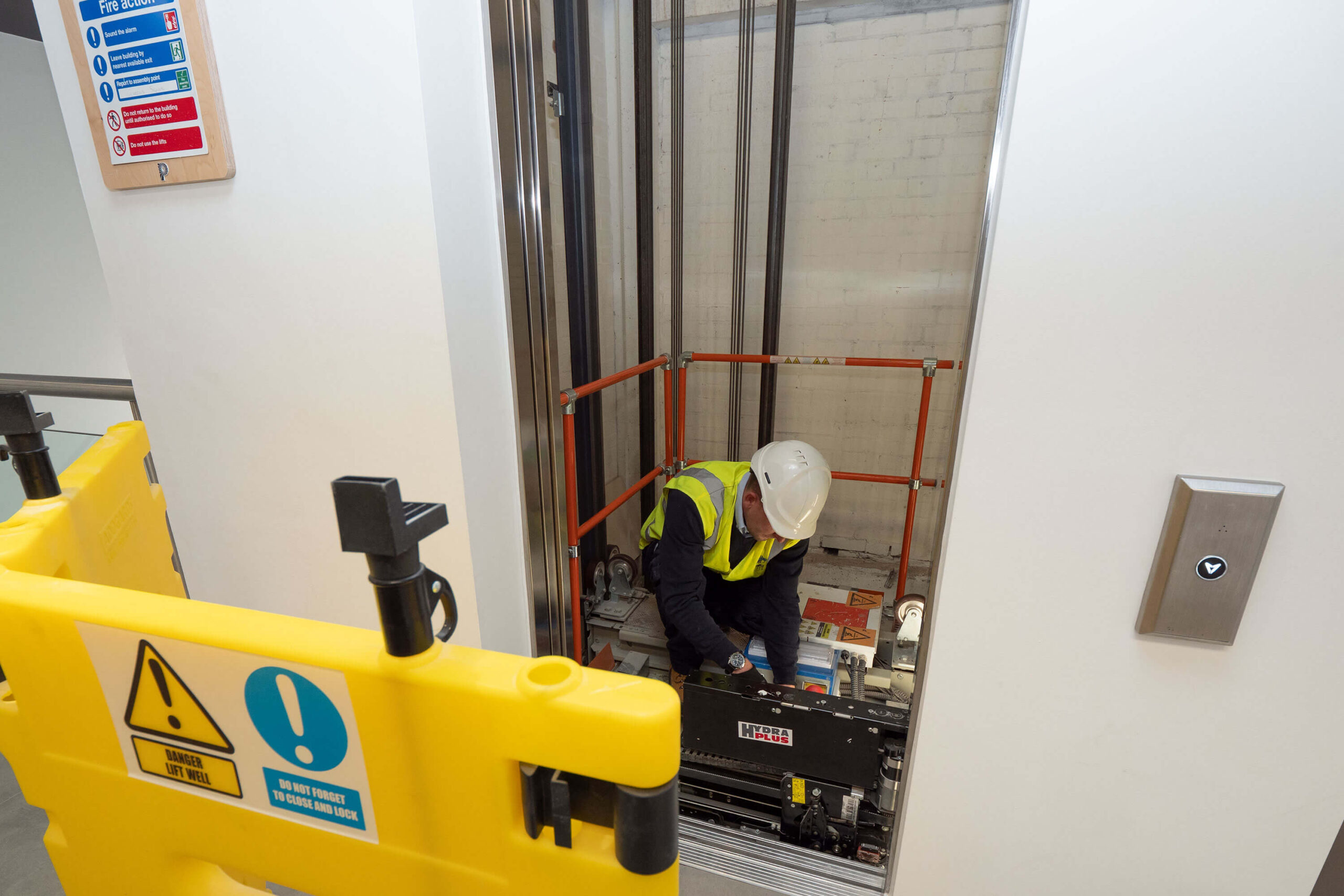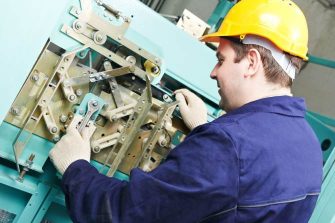An Extensive Approach to Enhancing Efficiency Through Strategic Lift Repair Methods
A organized and tactical strategy to lift fixing and maintenance is crucial to take full advantage of performance and lessen downtime. By attending to usual lift problems, executing positive upkeep steps, and developing targeted repair service plans, centers can maximize their lift systems to operate at peak performance levels.
Value of Lift Performance Optimization
Recognizing the value of enhancing lift efficiency is important for guaranteeing trustworthy and effective vertical transport systems in numerous structures and structures. Lifts are necessary components of modern infrastructure, providing upright movement for occupants and goods within buildings of varying elevations. By maximizing lift efficiency, structure proprietors and facility supervisors can enhance user experience, enhance power effectiveness, and rise total operational effectiveness.
Reliable lift efficiency optimization includes different elements, consisting of rate, capacity, energy security, maintenance, and consumption needs. Appropriately enhanced lifts can lower wait times for customers, specifically in high-traffic structures, leading to boosted satisfaction and productivity. Additionally, maximized lifts add to power cost savings by making use of advanced control systems and modern technologies that reduce power intake without jeopardizing performance.

Identifying Common Lift Issues
Recognizing usual lift concerns is crucial for maintaining the operational efficiency and safety and security of vertical transportation systems in structures. Identifying these problems can help protect against malfunctions, decrease downtime, and extend the lifespan of the lift equipment. One common trouble that building managers and maintenance groups typically encounter is irregular or jerky movements during procedure. This issue can be indicative of issues with the lift's electric motor, control system, or even the placement of the lift auto.
Another common lift concern is weird noises originating from the lift shaft or equipment room. These sounds can vary from grinding or scuffing noises to loud clunking noises, every one of which may signify underlying mechanical issues that need instant focus. Furthermore, frequent door breakdowns, such as doors closed or shutting effectively, can interfere with the smooth circulation of travelers and position security risks.
Executing Proactive Upkeep Steps
To enhance the efficiency and long life of lift systems, aggressive upkeep measures play an essential role in making sure functional integrity and security. lift servicing companies. Applying aggressive maintenance includes systematically checking, maintenance, and repairing parts prior to they fall short, hence protecting against pricey downtime and prospective safety and security dangers. Frequently scheduled assessments can assist identify small concerns before they escalate into major issues, inevitably prolonging the life expectancy of lift systems
One key aspect of proactive upkeep is developing an in-depth upkeep timetable based on manufacturer referrals and sector best practices. This timetable should lay out jobs such as lubrication, placement checks, and element substitutes at specified intervals. In addition, executing problem tracking strategies, such as resonance evaluation and thermal imaging, can help find very early indications of wear or malfunction.
Furthermore, training upkeep staff on correct examination techniques and preventive upkeep treatments is necessary for the effective execution of aggressive upkeep procedures. By promoting a society of proactive upkeep within a company, lift systems can operate at peak efficiency degrees, decreasing interruptions and making sure the security of users.
Developing Targeted Repair Plans
Upon examining the maintenance documents and performance data, the design team can develop targeted repair strategies to enhance and resolve specific issues lift system functionality. These fixing plans are tailored to the recognized problems, making certain that resources are concentrated on resolving crucial problems successfully. By focusing on repair services based on their effect on efficiency and security, the targeted repair service plans help reduce downtime and maintenance costs while making best use of the lift system's integrity.
Developing these plans entails a comprehensive evaluation of the lift system parts, consisting of motors, cables, brakes, and control systems. Through this in-depth assessment, the engineering group can figure out the origin of any kind of malfunctions or degradation in performance. This information is then made use of to create a roadmap for the repair work procedure, describing the lift repair necessary steps, timeline, and sources needed to deal with each problem efficiently.
Additionally, targeted repair work plans may consist of preventative actions to boost the lift system's long life and efficiency. By proactively resolving potential concerns prior to they escalate, these plans add to the total effectiveness and safety and security of the lift system.
Utilizing Data-Driven Insights
Using the power of data-driven understandings is vital in enhancing lift system performance and upkeep efficiency. By leveraging information analytics, lift operators can make educated decisions that lead to improved functional efficiency and expense financial savings. Through the analysis of historic performance patterns, patterns and data can be identified, allowing predictive maintenance methods to be applied. These predictive upkeep techniques assist prevent unanticipated break downs, decrease downtime, and prolong the life-span of lift systems.

Verdict
To conclude, enhancing lift performance is essential for making certain performance and security in structures. By identifying common lift problems, carrying out proactive maintenance steps, creating targeted repair work plans, and utilizing data-driven understandings, companies can boost efficiency and reduce downtime. It is very important to take a thorough method to lift fixing strategies to take full advantage of functional efficiency and guarantee the long life of lift systems.
By attending to usual lift issues, executing positive upkeep actions, and developing targeted repair work strategies, centers can optimize their lift systems to run at peak performance levels.One more prevalent lift concern is unusual noises rising from the lift shaft or equipment room.Upon examining the maintenance records and performance data, the engineering group can establish targeted repair strategies to maximize and attend to specific concerns lift system performance. By prioritizing repair services based on their effect on efficiency and safety and security, the targeted repair work strategies assist decrease downtime and maintenance expenses while taking full advantage of the lift system's reliability.
It is crucial to take a comprehensive method to raise repair service techniques to take full advantage of operational effectiveness and guarantee the longevity of lift systems.